Aug 02 2024
Discover the Essentials of a Skincare Routine for Different Skin Types

Ever wondered how a skincare routine goes beyond beauty to become a wellness ritual? Achieving radiant skin isn't just about surface care—it requires understanding the basics of effective skincare. This starts with knowing your unique skin type, an often overlooked but vital step in creating a routine tailored to your skin’s needs. Plus, environmental factors significantly affect skin health, making it essential to adapt your skincare approach.
Are you ready to create a skincare routine that not only meets your beauty goals but also improves your overall skin health? Let's explore the core elements of a routine that leads to glowing, healthy skin.
Why Skincare Routine is Important

Tailored skincare routine, protects skin barrier - keeping it resilient against environmental stressors.
A skincare routine is crucial because it helps maintain your skin’s overall health, appearance, and function. Regular skincare prevents common issues like acne, dryness, and premature aging. By consistently cleansing, moisturizing, and protecting your skin, you support its natural barrier, keeping it resilient against environmental stressors like pollution and UV rays. Moreover, a tailored routine addresses specific concerns, such as oiliness or sensitivity, ensuring your skin stays balanced and glowing.
Understanding Your Skin Type and Needs
How to Determine Your Skin Type
Identifying your skin type is the first step in crafting a routine that works for you. Here are some simple methods:
• Blotting Paper Test: Press blotting paper on different areas of your face to check oil levels. This simple test can help identify whether your skin is oily, dry, combination, or normal.
• Visual Assessment: Observe your skin’s condition throughout the day. Does it get shiny, feel tight, or show signs of irritation?
• Consult a Dermatologist: For a deeper analysis, see a dermatologist. They can offer personalized advice and help with underlying skin issues.
Why Skin Type Matters
Each skin type has unique characteristics and responds differently to skincare products. Knowing your skin type ensures that you're using the right products, which can prevent issues like acne, dryness, or irritation.
Addressing Skin Concerns
• Acne: Use non-comedogenic products with ingredients like salicylic acid or benzoyl peroxide to fight acne without clogging pores.
• Hyperpigmentation: Ingredients like vitamin C, niacinamide, and exfoliating acids can help lighten dark spots and even skin tone.
• Aging: To reduce signs of aging, look for products with retinol, peptides, and antioxidants to boost collagen and improve skin elasticity.
The Influence of Genetics and Environment
Genetics largely determine your skin type, but environmental factors like pollution, UV rays, and weather also affect your skin. Protect your skin with SPF, use antioxidants, and adjust your routine according to the season and climate for best results.
How to Build and Start a Skincare Routine

Hydration plays a pivotal role in maintaining the skin's elasticity, resilience, and that sought-after glow.
Building a Routine
Creating an effective skincare routine involves more than just applying products—each step plays a crucial role in maintaining skin health. According to experts, a complete skincare routine includes cleansing, toning, moisturizing, and sun protection.
1. Cleanser: Start with a gentle cleanser that suits your skin type. Cleansing removes dirt, oil, and impurities, creating a clean base for the rest of your routine.
2. Toner: Follow with a toner to balance your skin’s pH and prepare it for better absorption of other products.
3. Treatment: Apply serums or treatments tailored to your specific concerns, such as acne, hyperpigmentation, or aging. This step targets issues at a deeper level.
4. Moisturizer: Use a moisturizer to lock in hydration and protect your skin’s barrier. Even oily skin needs moisture, but the type of moisturizer should suit your skin type.
5. Sunscreen (AM): During the day, finish with sunscreen. This step is vital to protect your skin from UV damage, which can cause premature aging and other issues.
Starting a Routine
If you're new to skincare, start simple:
1. Identify Your Skin Type: Use the methods mentioned above to determine your skin type.
2. Start with Basics: Begin with a cleanser, moisturizer, and sunscreen. These are the foundational steps of any routine.
3. Introduce Products Gradually: As your skin adjusts, slowly add in treatments like serums or exfoliants. This prevents overwhelming your skin and reduces the risk of irritation.
4. Be Consistent: Stick to your routine every day, and give your skin time to adapt. Results won’t happen overnight, but consistency pays off.
Skincare Routine for Oily Skin

Key Characteristics of Oily Skin
Combination skin is a mix of oily and dry areas, typically with an oily T-zone and drier cheeks. Balancing these differing needs is key to maintaining healthy skin.
Morning Routine
1. Cleanser: Use a gel-based or foaming cleanser to remove excess oil and impurities. Ingredients like salicylic acid can help control sebum production.
2. Toner: Apply an alcohol-free toner with witch hazel or niacinamide to tighten pores and reduce shine.
3. Moisturizer: Choose a lightweight, oil-free moisturizer that hydrates without clogging pores. Gel-based formulas are ideal.
4. SPF: Protect your skin with a mattifying sunscreen that offers broad-spectrum protection. Look for non-comedogenic options.
Evening Routine
1. Cleanser: Begin with a double cleanse: an oil-based cleanser followed by a gel cleanser to thoroughly clean your skin.
2. Exfoliation: Exfoliate 2-3 times a week with a gentle BHA exfoliant like salicylic acid to clear out pores.
3. Treatment: Apply a treatment serum containing niacinamide or retinol to target acne and regulate oil production.
4. Moisturizer: Finish with a non-comedogenic night cream or gel to soothe and hydrate your skin.
Skincare Routine for Large Pores

Large pores are often a concern for those with oily or combination skin. To minimize their appearance, follow these steps:
1. Cleanser: Use a cleanser with salicylic acid to deep-clean pores and prevent clogging.
2. Exfoliation: Exfoliate regularly with BHA or AHA to remove dead skin cells that can enlarge pores.
3. Toner: Apply a toner with niacinamide to tighten pores and regulate sebum production.
4. Treatment: Use retinoids or peptides at night to boost collagen production, which helps tighten the skin around pores.
5. Moisturizer: Choose a lightweight, non-comedogenic moisturizer that won’t clog pores.
6. SPF: Always use sunscreen, as UV damage can make pores appear larger.
Skincare Routine for Dry Skin

Key Characteristics of Dry Skin
Dry skin often feels tight, rough, and may appear flaky or dull. This skin type requires deep hydration and nourishment to restore its natural barrier.
Morning Routine
1. Cleanser:Start with a hydrating, non-foaming cleanser to cleanse without stripping your skin’s moisture.
2. Toner: Use a hydrating toner with ingredients like hyaluronic acid to replenish moisture.
3. Serum: Apply a hydrating serum containing glycerin or hyaluronic acid to boost your skin’s moisture levels.
4.Moisturizer: Choose a rich, emollient moisturizer to lock in hydration.
5. SPF: Protect your skin with a moisturizing sunscreen that offers broad-spectrum protection.
Evening Routine
1. Cleanser: Use a cream or oil-based cleanser to gently remove makeup and impurities without drying out your skin.
2. Treatment: Apply an overnight hydrating mask or cream to deeply nourish your skin while you sleep.
3. Moisturizer:Finish with a thick night cream or facial oil to seal in moisture.
Skincare Routine for Combination Skin

Key Characteristics of Combination Skin
Combination skin is a mix of oily and dry areas, typically with an oily T-zone and drier cheeks. Balancing these differing needs is key to maintaining healthy skin.
1. Cleanser: Use a gentle, balancing cleanser that addresses both oily and dry areas.
2. Toner: Apply an alcohol-free toner to hydrate and control oil.
3. Moisturizer: Use a lightweight moisturizer for oily areas and a richer one for dry areas.
4. SPF: Choose a broad-spectrum sunscreen suitable for combination skin.
Evening Routine
1. Cleanser: Opt for a mild foaming cleanser to remove dirt and oil without over-drying.
2. Treatment: Use spot treatments for oily areas and hydrating serums for dry patches.
3. Moisturizer: A gel-cream or balancing night cream can help maintain moisture balance.
Skincare Routine for Sensitive Skin

Key Characteristics of Sensitive Skin
Sensitive skin is prone to redness, irritation, and reactions to many products. A gentle, soothing routine is essential to avoid triggering inflammation.
Morning Routine
1. Cleanser: Start with a mild, fragrance-free cleanser to gently cleanse your skin.
2. Toner: Apply an alcohol-free, soothing toner with ingredients like chamomile or aloe vera.
3. Moisturizer: Choose a hypoallergenic, fragrance-free moisturizer to hydrate and protect your skin.
4. SPF:Opt for a mineral-based sunscreen with zinc oxide or titanium dioxide.
Evening Routine
1. Cleanser: Use a gentle, soothing cleanser to remove impurities without irritating your skin.
2. Treatment: Keep treatments minimal. Focus on calming products with niacinamide or ceramides.
3. Moisturizer: Finish with a barrier-repair night cream to restore your skin’s protective layer.
Find Your Best Match!
General Tips for All Skin Types

Consistency is key—stick to your skincare routine, and your skin will thank you!
• SPF is a Must: Daily sun protection is non-negotiable for all skin types.
• Stay Hydrated: Drink plenty of water to keep your skin hydrated from within.
• Consistency is Key: Stick to your routine to see the best results.
• Patch Test New Products: Always test new products on a small area to avoid adverse reactions.
Conclusion
Tailoring your skincare routine to your specific skin type is essential for maintaining healthy, radiant skin. By understanding your skin’s unique needs, addressing concerns like acne or aging, and adapting to seasonal and environmental changes, you can create a personalized routine that not only meets your beauty goals but also enhances your overall skin health. Remember, consistency is key—stick to your routine, and your skin will thank you!
Article credit: Heidi Cohen (https://heidicohen.com/use-blog-to-sell/)










